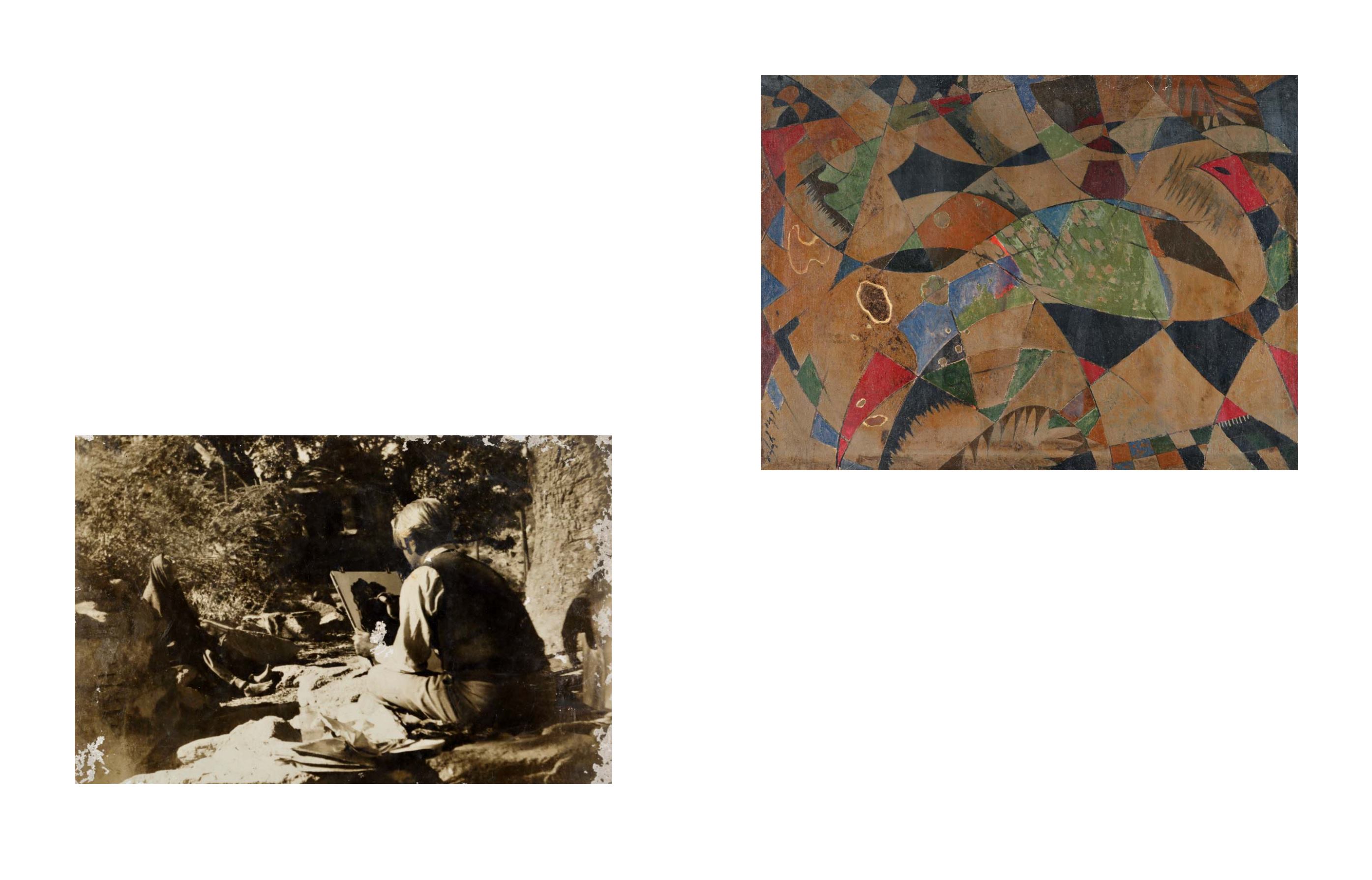

190
Saffronart | Evening Sale
N S Bendre, a contemporary of Nandalal Bose, Ram Kinkar
Baij and Benode Behari Mukherjee, a member of the
committee of artists who set up the Lalit Kala Akademi,
and Dean of the Faculty of Fine Arts at M S University of
Baroda from 1959, was a towering figure in the world of
modern Indian art. Known as “Dada” (elder brother) to
generations of students, his influence on art in India cannot
be overstressed. He introduced new ideas in art education,
including an intellectual informality in disseminating
information. As an artist, Bendre was equally adept at
portraits, landscapes and still‒lifes, inspiring awe among his
students with his demonstrations of painting techniques.
Bendre’s artistic career began at the State School of Art
in Indore in 1929. This was followed by the Government
Diploma in Art from Bombay in 1933. In 1947‒48, Bendre
travelled to the United States, gaining to exposure to 20
th
century Western art. The present lot, painted in 1951, is
one of the earliest works he made upon his return, when
he joined the Baroda faculty as Head of the Painting
department. The 1950s and 1960s are regarded among the
most important periods in his career as an artist, highlighted
by his experimentations with Cubism.
“Cubist tools in the hands of Bendre... were a means to
simplify through a stylization that aspired to reduce
complexity and strive for what they would call a purity of
form. Within this context it follows that it was the design
aspect of Cubism that attracted artists at Baroda from the
very outset.” (Gulammohammed Sheikh ed.,
Contemporary
Art in Baroda
, New Delhi: Tulika Books, 1997, p. 76) Aside
from the influences of Western Cubism, Bendre also had
an interest in Asian art traditions, sparked by his stay at
Santiniketan in 1945. “From this encounter, according to his
friend and collaborator Amberkar, he learnt to appreciate
‘the rhythmic linear qualities of Indian design.’” (Sheikh, p.
73) Works such as the present lot are evidence of the artist’s
continuing quest to synthesise different ways of seeing and
Bendre painting
en plein air
Image courtesy of the Bendre family
191
expressing form. “What interested Bendre most were spatial
tensions and not cubist distortions.” (Ratan Parimoo, “Profile
of a Pioneer: N S Bendre,”
Lalit Kala Contemporary 37
, New
Delhi: Lalit Kala Akademi, 1991, p. 77) The present lot
employs a rich brown background against which fluid black
lines and bold, clean colours create a dynamic composition.
In conversation, fellow‒artist and one of his earliest
students in Baroda, Shanti Dave, recalls that Bendre would
incorporate an animal or bird into his paintings during this
period, to “animate” them with life. In the present lot, one
can find a peacock among the coloured forms. Parimoo
points out that, “Bendre’s cubist works cannot be classified
as analytical or synthetic... it is possible to observe in them
an attempt to synthesize the simplicity of human form in
Indian miniatures with the cubist structure of receding and
protruding planes.” (Parimoo, p. 77)
71
N S BENDRE
(1910 ‒ 1992)
Untitled
Signed and dated in Devnagari (lower left)
1951
Oil on canvas
33.5 x 45.75 in (85 x 116.2 cm)
Rs 45,00,000 ‒ 65,00,000
$ 68,185 ‒ 98,485
PROVENANCE:
Collection of the artist’s family


















